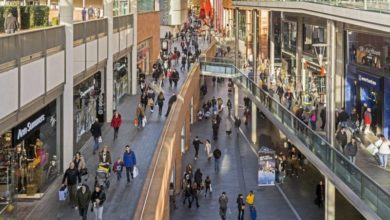Waking up to the opportunity of digital signage

Against a backdrop of declining footfall in retail, it’s hardly surprising that we’re starting to see more innovative approaches from retailers looking to drawing in customers. And one such tactic is the rise in the number of retailers opting for digital screens to lure in shoppers.






